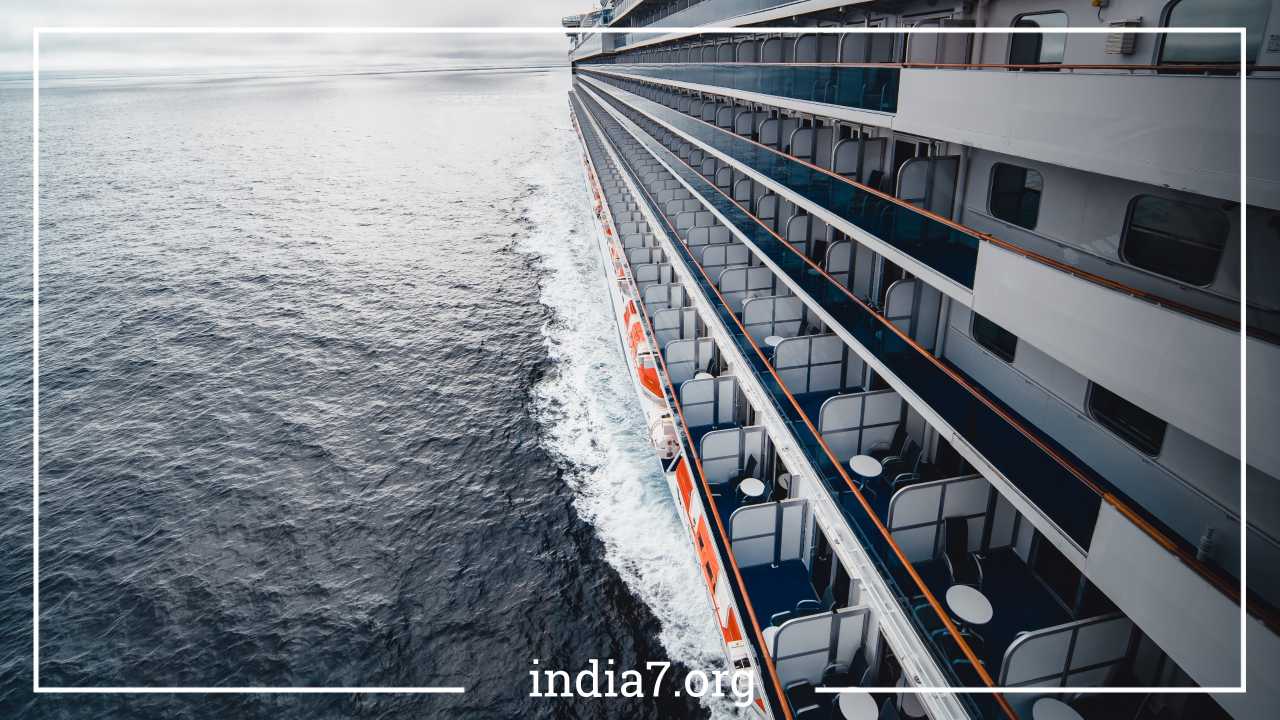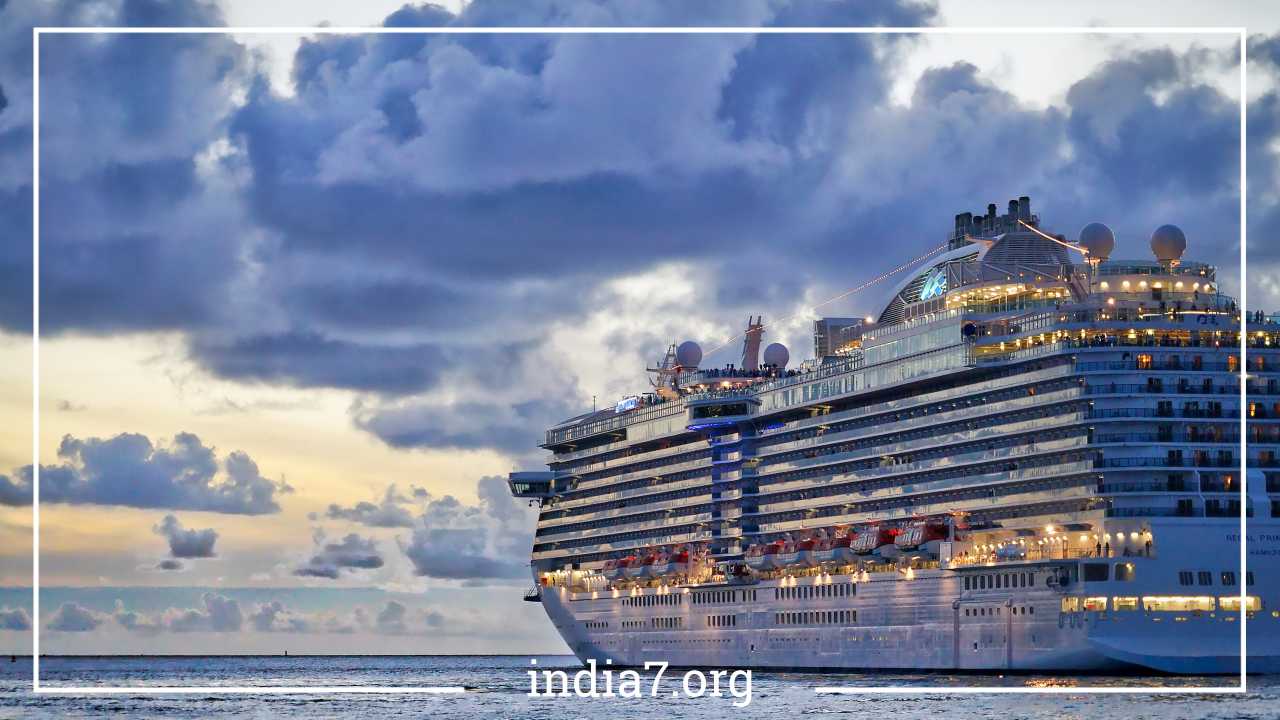Ultimate Cruise Safety Guide: Ensuring Your Security and Enjoyment

Cruise Safety
Cruises have become a popular vacation choice for millions of people every summer, promising memorable experiences and exciting adventures on the high seas. However, recent reports of missing persons and cruise ship crimes have raised concerns about safety aboard these floating resorts. While it’s true that cruise ship accidents are relatively rare, it’s crucial to stay vigilant and take necessary precautions to protect yourself, your loved ones, and your belongings. In this comprehensive guide, we will delve deeply into the steps you can take to ensure your safety and security during your cruise vacation.
Section 1: Pre-Cruise Preparation
Before you even step foot on a cruise ship, there are essential preparations you can make to enhance your safety and peace of mind.
- Gather Important DocumentsWhen embarking on a cruise, you’re likely to visit foreign countries. In the event of an emergency or unforeseen circumstances, having all your essential documents on hand is vital. These documents should include your passport and driver’s license. To be extra cautious, make photocopies of these documents and carry one set with you while leaving the other securely stored at home.
- Passport: Ensure your passport is valid for at least six months beyond your planned return date. Make a copy of the identification page and any relevant visas.
- Driver’s License: If you plan to rent a car during shore excursions, having your driver’s license is crucial. A copy is also beneficial.
- Travel InsuranceConsider purchasing comprehensive travel insurance. This coverage can provide financial protection in case of trip cancellations, medical emergencies, or unforeseen events during your cruise. Ensure you understand the policy’s coverage and exclusions.
Section 2: Aboard the Cruise Ship
Once you’ve boarded the cruise ship, there are specific steps you can take to familiarize yourself with your surroundings and enhance your safety.
- Familiarize Yourself with the ShipToday’s cruise ships are like floating cities, with numerous decks, dining options, entertainment venues, and activities. While it may take some time to explore the entire ship, it’s highly recommended. Request a ship map from the cruise staff, and keep it with you at all times; it can be a valuable resource if you get disoriented.
- Ship Layout: Take note of the location of your cabin, dining areas, emergency exits, and important facilities like the medical center.
- Emergency Drills: Attend the mandatory safety drill conducted at the beginning of the cruise. This drill provides essential information on what to do in case of an emergency.
- Observe Other PassengersYour safety also depends on your awareness of fellow passengers. While you don’t need to be overly social, it’s essential to stay vigilant.
- Trust Your Instincts: If someone seems suspicious or makes you uncomfortable, keep your distance. It’s no different from being cautious on land; safety should always come first.
- Travel in Groups: Whenever possible, travel with a group or at least one other person. Criminals are less likely to target individuals in a group.
- Inform Someone: If you must move around the ship alone, inform a trusted friend or family member of your whereabouts and expected return time. This way, someone knows where to find you if something goes wrong.
Section 3: Personal Safety and Belongings
Ensuring your personal safety and protecting your belongings should be a top priority during your cruise vacation.
- Prioritize Personal Safety
- Stay Sober: Excessive alcohol consumption can impair your judgment and make you an easier target. Consume alcohol responsibly and be aware of your limits.
- Awareness: Be mindful of your surroundings at all times. Pay attention to announcements and follow crew instructions in the event of an emergency.
- Valuables and Belongings
- Leave Expensive Belongings at Home: Consider leaving expensive jewelry, designer bags, and valuable electronics at home. Cruise ships typically do not reimburse passengers for lost or stolen items.
- Use a Money Pouch: Instead of carrying a purse or wallet, opt for a money pouch that can be worn around your neck and tucked into your shirt. This makes it nearly impossible for thieves to access your valuables.
- Divide Your Money: If you cannot use a money pouch or left it at home, divide your money and keep it in multiple locations. This strategy provides financial protection in case of theft.
- Wallet Placement: Men and women with wallets should keep them in their front pockets to reduce the risk of pickpocketing.
- Secure Your Cabin: When leaving your cabin, ensure it is securely locked. Use the safe provided in your cabin for storing valuables when you’re not using them.
Section 4: Emergency Preparedness
While cruise vacations are generally safe, it’s essential to be prepared for emergencies and know how to respond.
- Emergency Contacts
- Cruise Staff: Familiarize yourself with the ship’s emergency contact numbers. These may include the ship’s security, medical center, and guest services.
- Embassy or Consulate: If traveling to foreign countries, note the contact information for your country’s embassy or consulate at each port of call.
- Medical Precautions
- Medications: If you have specific medical conditions, ensure you have an adequate supply of necessary medications. It’s also wise to carry a copy of your prescriptions.
- Medical Facilities: Be aware of the ship’s medical center’s location and operating hours. They can assist with minor medical issues.
- Emergency Evacuation Plan
- Know the Evacuation Routes: Take time to learn the ship’s evacuation routes and the location of lifeboats. These details are usually provided in your cabin.
- Life Jackets: Familiarize yourself with the location of life jackets in your cabin and how to properly wear them.
- Follow Crew Instructions: In the event of an emergency, follow crew instructions without hesitation. They are trained to handle various situations and will guide you to safety.
Section 5: Enjoying Your Cruise Safely
Despite potential safety concerns, it’s important to remember that cruises are designed for enjoyment. Here are some additional tips to ensure a safe and enjoyable cruise experience:
- Stay Informed
- Cruise News: Keep an eye on the ship’s daily newsletter or announcements for information about activities, events, and safety reminders.
- Weather Updates: Stay informed about weather conditions at sea and in port. This information can help you plan your activities and excursions.
- Hygiene and Health
- Hand Washing: Proper hand hygiene is crucial to prevent the spread of illnesses on a cruise ship. Wash your hands frequently with soap and water.
- Food and Water Safety: Be cautious about what you eat and drink, especially when exploring ports of call. Stick to reputable restaurants and avoid consuming tap water if it’s not safe.
- Shore Excursions
- Book through the Cruise Line: When booking shore excursions, consider booking through the cruise line. They vet tour operators for safety and reliability.
- Be Punctual: Ensure you return to the ship well before the departure time. Cruise ships have strict schedules, and they won’t wait for late passengers.
- Respect the Environment
- Responsible Tourism: Respect the local environment and communities you visit. Follow guidelines for responsible tourism and leave a positive impact.
- Emergency Drills and Safety Demonstrations
- Attend All Drills: Participate in all safety drills and demonstrations as they are essential for your safety and the safety of others.
Conclusion
Cruise vacations offer incredible opportunities for relaxation, adventure, and exploration. While the majority of cruise experiences are safe and enjoyable, taking precautions and being prepared for potential risks can enhance your overall experience. Prioritizing personal safety, securing your belongings, and knowing how to respond in emergencies are all part of responsible cruising. By following the guidance outlined in this comprehensive guide, you can embark on your cruise adventure with confidence, knowing that you’ve taken the necessary steps to protect yourself, your loved ones, and your cherished belongings. Enjoy your cruise safely and make lasting memories at sea!



